

Celebrating Black History
Black history is being made each day throughout the St. Louis region by accomplished African Americans in the Science, Technology, Engineering and Mathematics fields. During Black History Month, the St. Louis American will be featuring individuals who are following the historic paths of great Black scientists, engineers, and educators and also paving a way for others with STEM interests who are destined for future accomplishments
Marian Middle School mission for Mars
Growing interest in STEM
By Alvin A. Reid St. Louis American
Marian Middle School, which serves families from lower-income backgrounds and is the only all-girls private middle school in the St. Louis community serving urban adolescent youth in a faithbased environment, is having an out-ofthis-world experience.
In 1989, NASA first studied a longterm plan to send astronauts to Mars after establishing a permanent base on the Moon. A decade later, Marian was founded in St. Louis.
NASA released its plan and timetable for its first crewed Mars mission, including transportation, habitation, and science in 2022. Marian is among schools helping to advance student education and knowledge of the historic project.
Through the Plant the Moon/Mars Challenge, sponsored by the Institute of Competition Sciences, Marian competed to see who can grow the best crops using lunar or Martian “regolith simulant.”
Students chose to experiment with the Martian simulated soil to complete experiments growing crops.
“We know that we can’t grow in Martian soil, so we need to find out the least amount of that soil can be mixed with ‘amendments’ and then grow things,” said Marian teacher Nicolle von der Heyde.
The first crop of choice was spinach, “which didn’t do so well,” according to von der Heyde.
“We redid the experiment with radish seeds, and they did very well.”
The students were able to grow radish greens with a 50/50 mix of synthetic Martian NASAS soil and amendments.
The mix of organic amendments is important because the less weight the better when it comes to missions to the moon
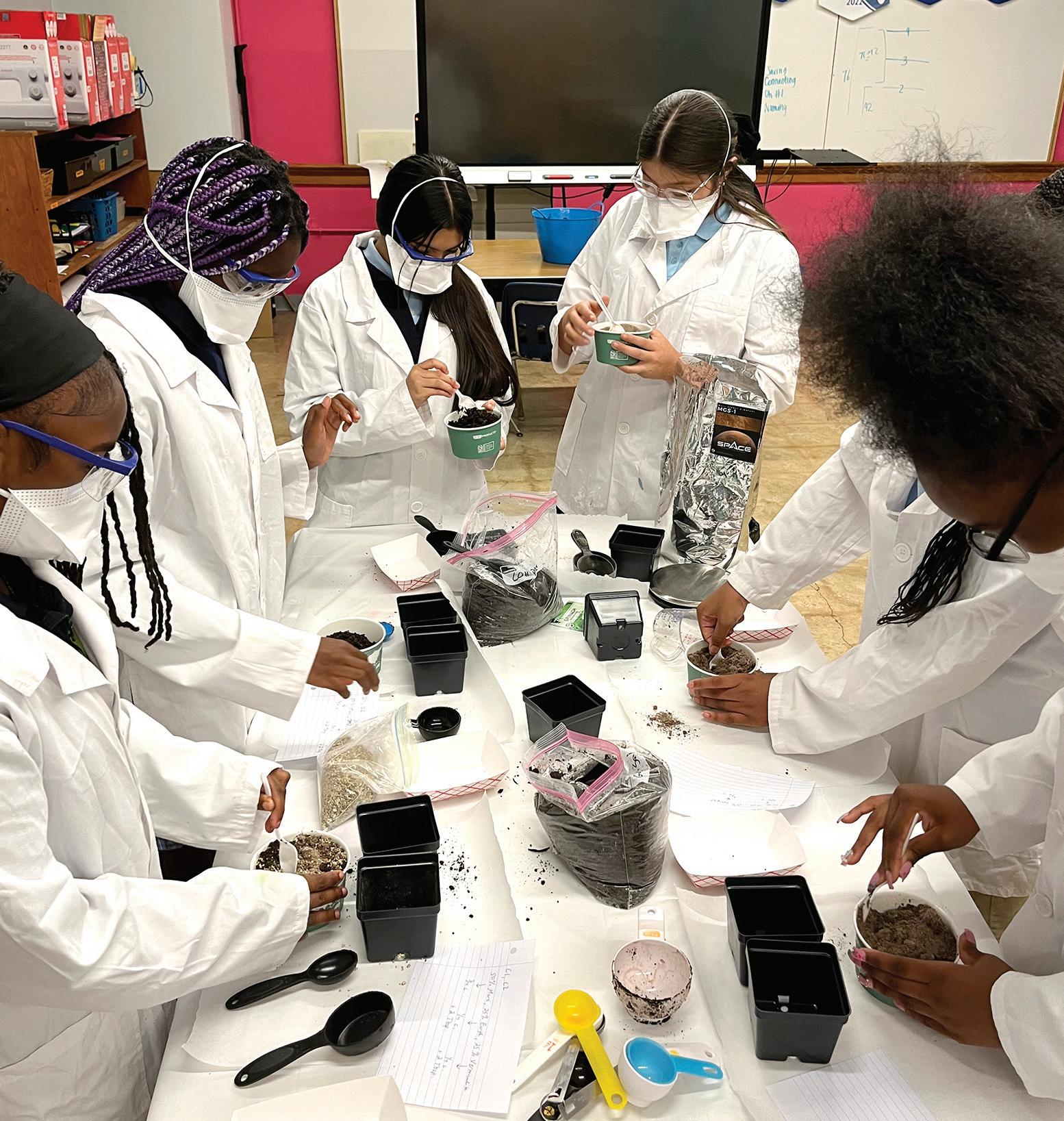
Marian Middle School students took part in the Plant the Moon/Mars Challenge last semester and successfully grew radish greens in simulated Martian soil. See Marian, D3
The inspiration behind a literary movement
Black history hidden figure celebrated at STL County Library
By Kenya Vaughn The St. Louis American
Three days ahead of Super Bowl LIX, Kendrick Lamar’s performance was such a hot topic that it made its way into the 2025 Frankie Freeman Inspirational Lecture, SLCL’s annual keynote Black History Month program.
“Would she be team Drake or team Kendrick,” said Ron Austin, author and assistant professor of English at Saint Louis University. He facilitated a fascinating conversation with New York Times bestselling author Victoria Christopher Murray about her latest book “Harlem Rhapsody,” which was released on February 4. The audience erupted with laughter when Murray was asked who the heroine of her historical fiction drama would have sided with in the Drake vs. Kendrick Lamar beef had she been alive today.
“They are doing some really nasty public fighting, and I don’t think she
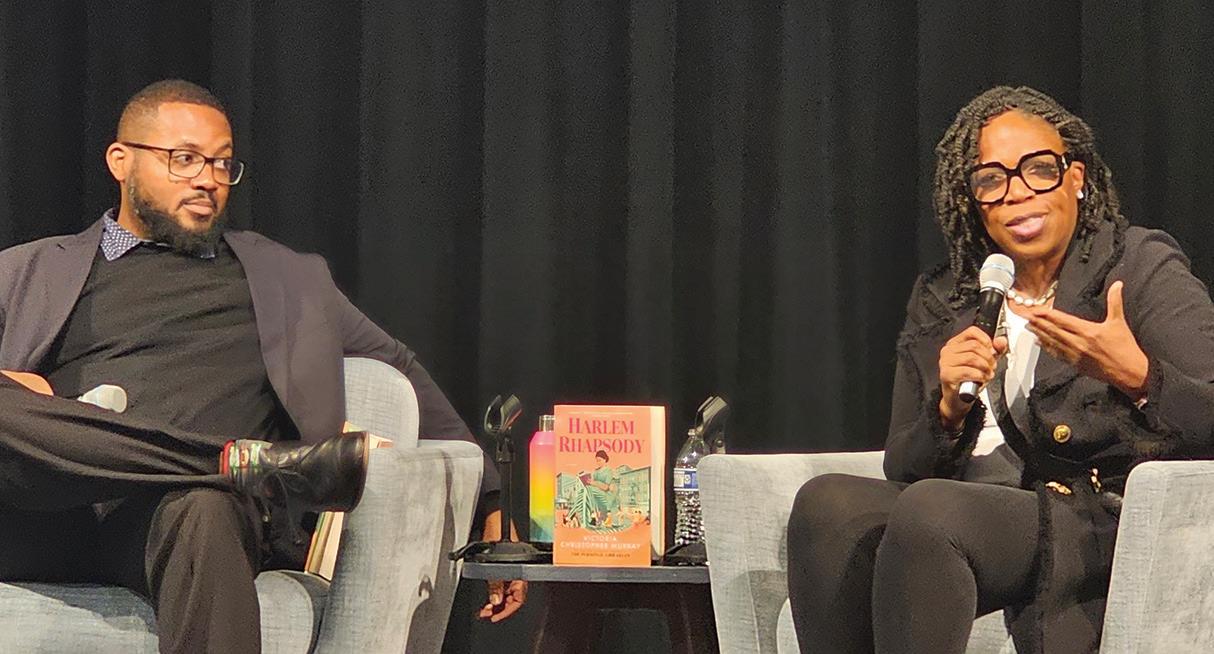
Author and educator Ron Austin and bestselling author
discuss her latest historical
2025
would be happy with either of them,” Murry said. “She was prim and proper. But I think she would probably side with Kendrick – and she would pull him aside and say, ‘What you are doing doesn’t make any sense, because you are pulling down another Black man. That is unacceptable.’”
“She” is Jessie Redmon Fauset, a high school teacher who changed the course
of Black literature – and sparked The Harlem Renaissance – when she became literary editor of “The Crisis,” the official magazine of the NAACP, in 1919. Fauset is the main character in “Harlem Rhapsody,” a fictionalized account of the real-life culture shifter.
“She discovered Langston Hughes at the
See Library, D4
Photo by Kenya Vaughn
Victoria Christopher Murray
fiction ‘Harlem Rhapsody,’ at St. Louis County Library’s Clark Family Branch for the
Frankie Freeman Inspirational Lecture.
Photo courtesy of Marian Middle School
CEL EBR ATE
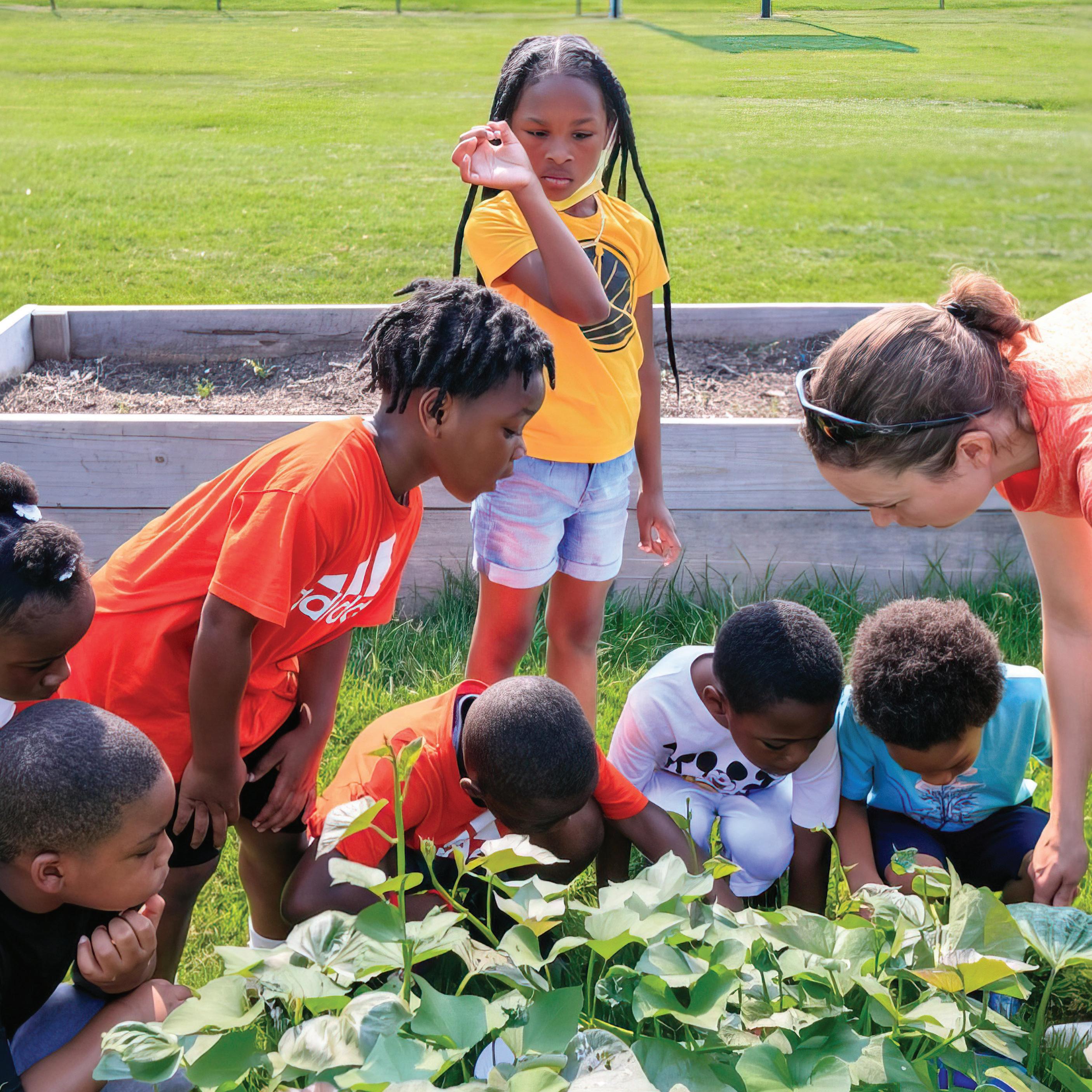
BLACK HISTORY MONTH
To celebrate Black History Month, Ameren is empowering organizations making great strides in the communities we serve and giving them an outlet to share their mission — organizations like Delmar DivINe, Black Girls Do STEM and the Jackie Joyner-Kersee Foundation.
To learn more about those shaping a brighter, more inclusive future for us all, visit Ameren.com/Diversity.
Continued from D1
Month Celebration, St. Louis Art Museum, 1 Fine Arts Drive, St. Louis, MO 63110. For more information, visit www.stlouis-mo. gov.
Sun., Feb. 16, 3 p.m.
African American History Month Concert – Gateway Music Outreach, Olivet Missionary Baptist Church, 12200 New Halls Ferry Rd. Florissant, MO 63033. For more information, visit www.eventbrite. com.
Tues., Feb. 18, 11 a.m., Missouri Historical Society presents The Music of Black St. Louis, Missouri History Museum, 5700 Lindell at DeBaliviere. For more information, visit www. mohistory.org.
Tues., Feb. 18, 6 p.m., “Eliza” Screening & Filmmaker Q&A, “Eliza” is a film based on the true story of Eliza Rone, an enslaved woman in 1856, who worked for the Campbells, the richest family in St. Louis. The viewing will be followed by a Q&A with director, writer and actor Delisa Richardson. St. Louis Public Library – Central Branch, 1301 Olive St. For more information, visit www.slpl.org.
Tues., Feb. 18, 7 p.m.
Emerson History & Genealogy Center presents Judith Giesberg, author of “Last Seen: The Enduring Search by Formerly Enslaved People to Find Their Lost Families,” St. Louis County Library – Clark Family Branch, 1640 St. Lindbergh. For more information, visit www.slcl.org.
Thurs., Feb. 20, 5 p.m., Thursday Nights at the Museum series by Washington University presents Black History Month: Joy, Arts, Community featuring 5 On Your Side Anchors Kelly Jackson and Brent Solomon in conversation about Black joy and the arts in the Gateway city with some of St. Louis’s groundbreaking leaders in dance, visual art, music, and writing. Missouri History Museum, 5700 Lindell Blvd. St, Louis, MO 63112. For more information, visit https:// mohistory.org.
Thurs., Feb. 20, 5:30 p.m., St. Louis Public Library Black History Month Film Series, “Fences,” Auditorium, St. Louis Public Library – Central Branch, 1301 Olive St. For more information, visit www.slpl.org.
Thurs., Feb. 20, 6 p.m. Histories Unbound: A Roundtable Discussion on Slavery In St. Louis Exhibit, St. Louis Public Library – Schlafly Branch, 225 N. Euclid. For more

information, visit www. slpl.org.
Thurs., Feb. 20, 7 p.m., St. Louis County Library welcomes Orvin Kimbrough, author of “Twice Over a Man: A Fierce Memoir of an Orphan Boy Who Doggedly Determined a Finer Life,” St. Louis County Library – Clark Family Branch, 1640 St. Lindbergh. For more information, visit www.slcl.org.
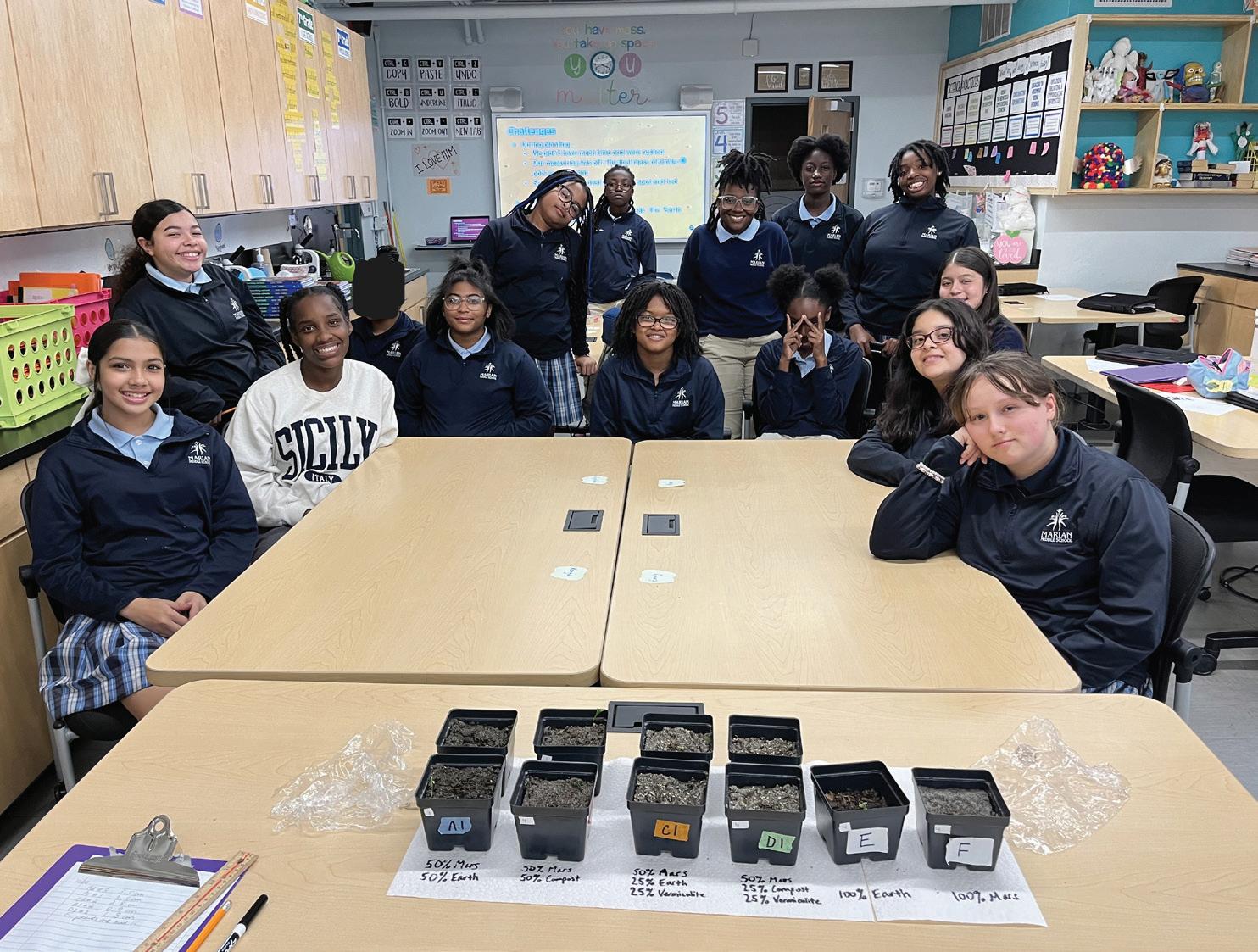
courtesy
Marian Middle School Through the Plant the Moon/Mars Challenge, sponsored by the Institute of Competition Sciences, Marian competed to see who can grow the best crops using lunar or Martian “regolith simulant.”
Marian
Continued from D1
and Mars.
“Being a part of the Marian Martian Scientists was an enjoyable and rewarding experience,” said Marian student Essence.
“Especially being one of the lead scientists and being a part of such a good cause to help other scientists uncover many more discoveries about space.”
Fellow Marian student scientist Jannely said, “My experience with the project was something new but I enjoyed it. It was fun but messy.”
“I liked being one of the lead scientists and how I had to collect data as a real scientist would.
Throughout the project I learned new things about planting plants in different types of soils.”
Determining how lunar and Martian soils must be adjusted to grow crops for future human missions is essential to establishing permanent settlements on celestial bodies, according to NASA and ICS.
“Learning the biological capabilities of Martian soil will also help sustain
human life on Mars.
Marian students were sent a Plant the Moon Activity Kit, which included the Martian regolith simulant, a Project Guide and pH paper. The teams used the Project Guide to define its own plant growth experiments using the stimulant.
Marian students’ experience with the Mars project could also lead to future careers in STEM – a field where Black women are “significantly underrepresented” compared to their population proportion.
According to the National Science Foundation, African American women represent around 2% of the science and engineering workforce.
More Black female STEM students could increase the small percentage of scientists and engineers, and gaps in STEM fields including computer science and engineering where the percentage is lower than 2%.
A natural result of the absence of students is the fact that Black women also earn a disproportionately small percentage of STEM degrees, especially at the doctoral level.
Marian is moving to improve those statistics.
The students defined their own experiment parameters such as the structure of the plant growth setup, amount of water used, and nutrients or fertilizer added to the regolith simulant to help support plant growth.
In addition, the plant growth the students were also encouraged to create their own “Mission Patch,” just like the ones that accompany all astronauts into space.
“We learned the how and why of mission patches and we created one,” said von der Heyde.
While the project is literally groundbreaking for Marian, its emphasis on STEM education is continuously in growth.
In addition to science and math classes, all students are enrolled in STEM Lab and have the opportunity to participate in culinary arts, mass media club, robotics, and STEM Club.
STEM classes include Electricity, Automotive Engineering, Building and Design, Veterinary Science, Financial Literacy, Robotics, Advanced Robotics, and Institute for Mathematics and Computer Science (IMACS)
St. Louis Public Library presents ‘Eliza’ Screening & Filmmaker Q&A. The film is based on the true story of Eliza Rone, an enslaved woman who worked for the Campbells, the richest family in St. Louis. The viewing will be followed by a Q&A with director, writer and actor Delisa Richardson (left).
Society at (314) 965-5151.
Sun., Feb. 23, 3 p.m., Gospel Community Choir of St. Louis presents Gospel Roots: A Black History Month Celebration, Friendly Tempel, 11221 Larimore Rd, St. Louis, MO. For more information, visit https://www.onthestage. tickets/show/community-gospel-choir-of-st-louis/678c13de602fca0f6a619481
Wed., Feb. 26, 7 p.m. St. Louis County Library welcomes Bestselling Young Adult author Ibi Zoboi, author of (S)kin,” St. Louis County Library – Clark Family Branch, 1640 St. Lindbergh. For more information, visit www.slcl.org.
Fri., Feb. 21, 7 p.m. St. Louis County Library welcomes Jennifer Jones, author of “Becoming Spectacular: The Rhythm of Resilience from the First African American Rockette,” St. Louis County Library –Clark Family Branch, 1640 St. Lindbergh. For more information, visit www. slcl.org.
Sat., Feb.,22, 9 a.m. –
5:30 p.m., Motorcoach Tours (5) and Mudd’s Grove Open House. Wallace Ward narrates five tours of cemeteries, churches and schools that represent Kirkwood Black History. Kirkwood Community Center and Mudd’s Grove Tickets: Free Reservations Required for the historical bus tour due to limited capacity. https://tinyurl. com/4te89zya or by calling the Kirkwood Historical
Thurs., Feb. 20, 5 p.m., Thursday Nights at the Museum series by Washington University presents Navigating the Intersection of Race and Disability, Missouri History Museum, 5700 Lindell Blvd. St, Louis, MO 63112. For more information, visit https://mohistory.org.
Thurs., Feb. 27, 5:30 p.m., St. Louis Public Library Black History Month Film Series, “Sorry to Bother You,” Auditorium, St. Louis Public Library – Central Branch, 1301 Olive St. For more information, visit www.slpl.org.


Photo
of
age of 17,” Murray said. “She published Langston’s first 25 poems. She discovered Countee Cullen when he was 16.”
The main lecture room of The Clark Family Branch looked more like a Delta Sigma Theta regional meeting than a book discussion. Like the late civil rights icon for which the lecture is named, Murray is also a Delta. The room was full of red and DST paraphernalia as Freeman and Murray’s sorority sisters helped pack the talk to capacity to discuss the book that was inspired by true events – including Fauset’s affair with Black thought leader Dr. W.E.B. DuBois.
“I don’t want that to take away from anything these two amazing people did,” Murray said.
The audience was thrilled to learn that Fauset herself was a Delta, a fact that Murray did not learn until she started her research for the book.
“At first I was sad because I didn’t want to write a book about a Delta having an affair, because we are perfect,” Murray said. “And I thought, ‘My Sorors are going to be so mad at me.’”
But the story of the first Black woman to hold the position at “The Crisis,” and to give Fauset the credit she deserves, but is rarely afforded, was too compelling to pass up. She molded literary giants and shifted Black culture in a manner that still permeates the atmosphere more than a century later.
“Harlem Rhapsody” reveals the price that Fauset paid, the sacrifices she endured and the indiscretions that took place along the way – as well as her place in the canon of Black history.
“My hope is that people read this book and take away some message of unity,” Murray said. “How just working together –whether you are Black, white male or a female –much more can be accomplished together.”
The evening also saw Tamia Coleman-Hawkins bestowed with the Frankie Freeman Inspirational Award during the program. Tamia is the founder and CEO of Mia’s Treats Delights, a bakery she started in 2015, when she was only eight years old. Named one of The Root’s Young Futurists in 2020. Tamia is also the author of a children’s book, “Mia Dreams Bigger.” A portion of all items sold through her company go to combat homelessness.
Celebrating Black History Month
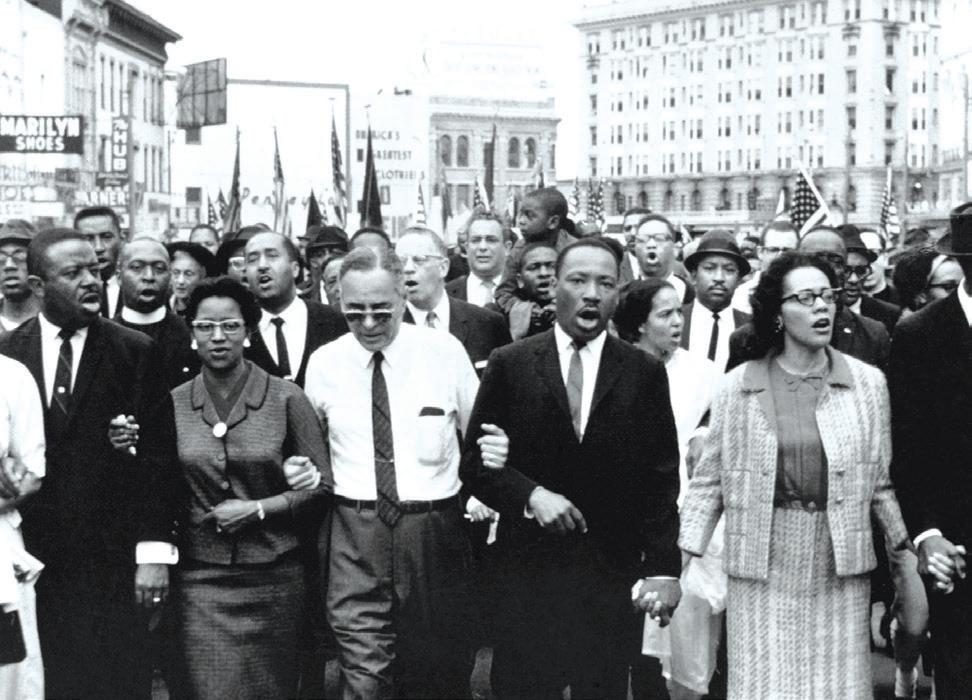
No permission is needed to celebrate Black History Month
By Karsonya Wise Whitehead
Former Georgia Congressman Julian Bond and Black Panther leader Eldridge Cleaver once said that when Rosa Parks chose to stay seated on that bus in Montgomery, Alabama, somewhere in the universe, a gear in the machinery shifted, and everything changed.
A gear-shifting moment.
In the history of this country, in the ongoing fight against racial oppression, against a white supremacist narrative, and against the racial apartheid laws that were passed and upheld, there have always been gear-shifting moments when individual people have taken a stand.
It happened in 1850, when Harriet Araminta Tubman, a year after her self-emancipation, chose to go back to Baltimore, Maryland, to help lead her niece and her niece’s two children to freedom.
A gear shifted. It happened in 1770, when Crispus Attucks, a Black and Indigenous sailor and whaler, chose to get involved with the growing kerfuffle in Boston. In 1864, when the 22nd Infantry Regiment of the U.S. Colored Troops marched from Camp William Penn through the streets of Philadelphia on their way to fight, a gear shifted.
When Mamie Till told them in 1955 to leave her son’s casket open so that the world could see what those white men had done to her son, a gear in the machinery of the universe shifted. It happened again

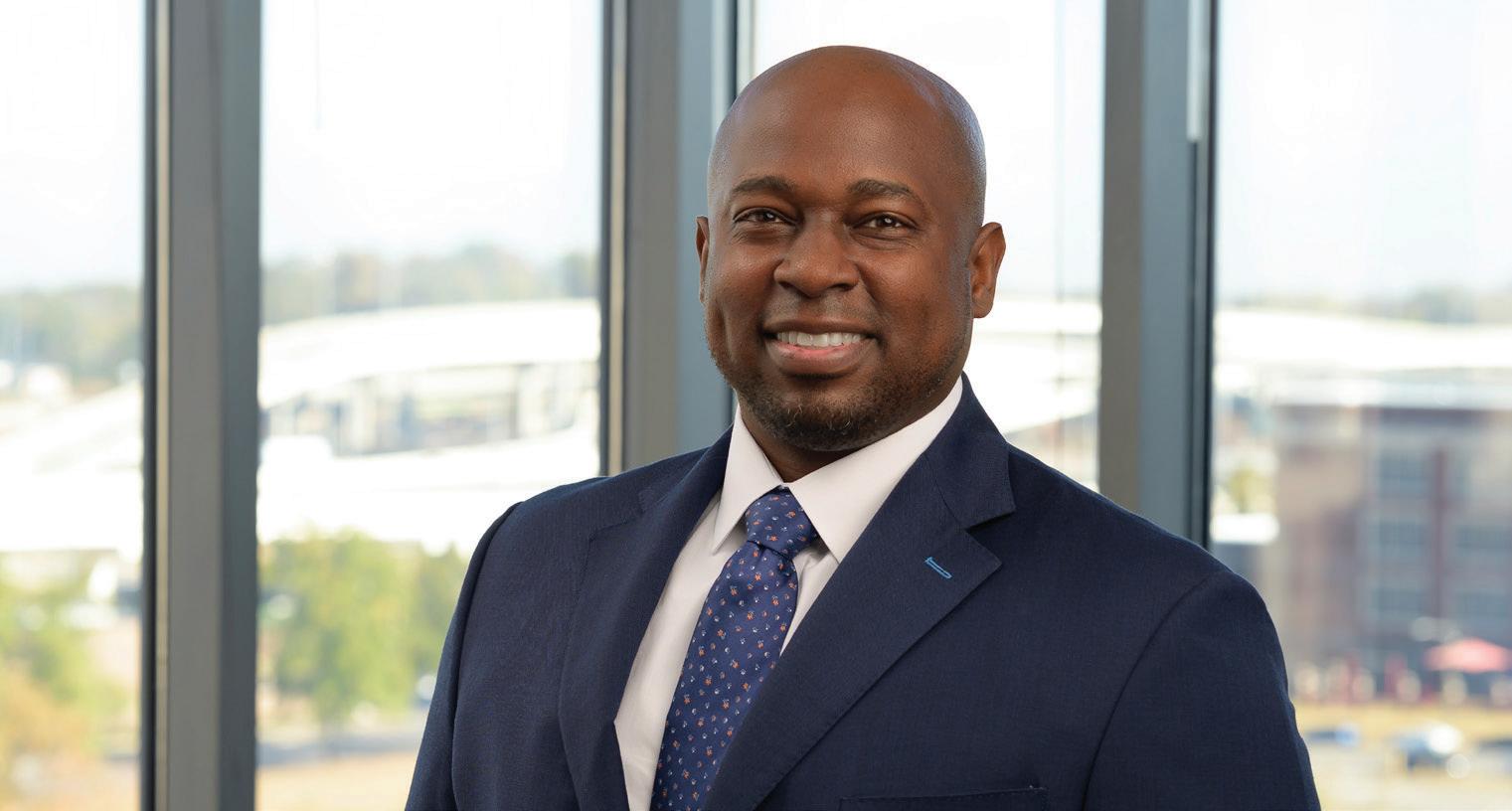
in 1966 with Kwame Ture and Mukasa Dada’s declaration of Black Power at the conclusion of the “March Against Fear.” And in 2014, after police officers killed unarmed Eric Garner in New York and unarmed teenager Michael Brown in Ferguson, Black people came together under the banner and hashtag of Black Lives Matter to march, protest, and demand change. Gears shift when we choose to fight, when we choose to stand up, and when we refuse to back down. The moral arc of the universe does not bend on its own toward justice, it bends because we push it and because we are willing to continue to do it until change does happen.
(2/14). Dr. Woodson did not wait for the celebration of our history to be proclaimed, he proclaimed it. He did not wait for someone to give him permission to celebrate what we have contributed to this country, he celebrated it.
Dr. Woodson understood that Black parents had been teaching their children our history since we arrived in this country. Our stories and achievements had been carried by the wind and buried in the soil. It had been whispered as bedtime stories, spoken from the pulpits on Sunday mornings, and woven throughout our songs and poems of resistance and survival.
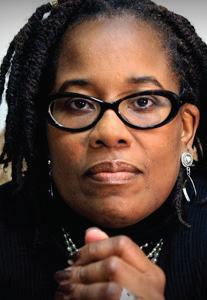
In 1926, when Dr. Carter G. Woodson — the founder of the Association for the Study of African American Life and History (ASALH), the son of formerly enslaved parents, a former sharecropper and miner, and the second Black person to earn a Ph.D. in history from Harvard University — sent out a press release announcing the first Negro History Week, a gear shifted.
He chose February because the Black community was already celebrating the historic achievements on the birthdays of Abraham Lincoln (2/12) and Frederick Douglass
America did not have to tell us who we were to this country; we told the nation.
America did not have to tell us that we built this country, our fingerprints are etched into the stone. America does not have to proclaim Black History Month, we proclaim it. We live in the legacy of Dr. Woodson, and as we have done for 98 years, we will celebrate who we are and all that we have accomplished. We stand at the intersection of the past and the future; what we do at this moment will determine how the next gear shifts.
The 2025 Black History Month theme is African Americans and Labor, which focuses on the various and profound ways that work and work-
ing of all kinds — free and unfree, skilled and unskilled, vocational and voluntary — intersect with the collective experiences of Black people and the transformational work that we have done throughout the U.S., Africa, and the Diaspora.
As the president of ASALH, one of the many legacy keepers of Dr. Carter G. Woodson, I am excited to proclaim and uplift the start of Black History Month 2025. We have been standing as a lighthouse proudly proclaiming the importance of Black History and helping people to understand that it is only through studying the quilted narrative of our historical journey that one can clearly see the silences, blind spots, hypocrisies, and distortions of American history.
We do not celebrate because we are given permission, we celebrate because we are the permission givers. We do not wait for Black History Month to be proclaimed, we proclaim it. We do not wait to be seen, we see ourselves. We do not have to be told the story of America because we are writing it, we are telling it, we are owning it, and we are pointing the way to it.
Dr. Karsonya (Kaye) Wise Whitehead is the 30th person and the eighth woman to serve as the national president of ASALH. She is a professor of Communication and African and African American Studies at Loyola University Maryland
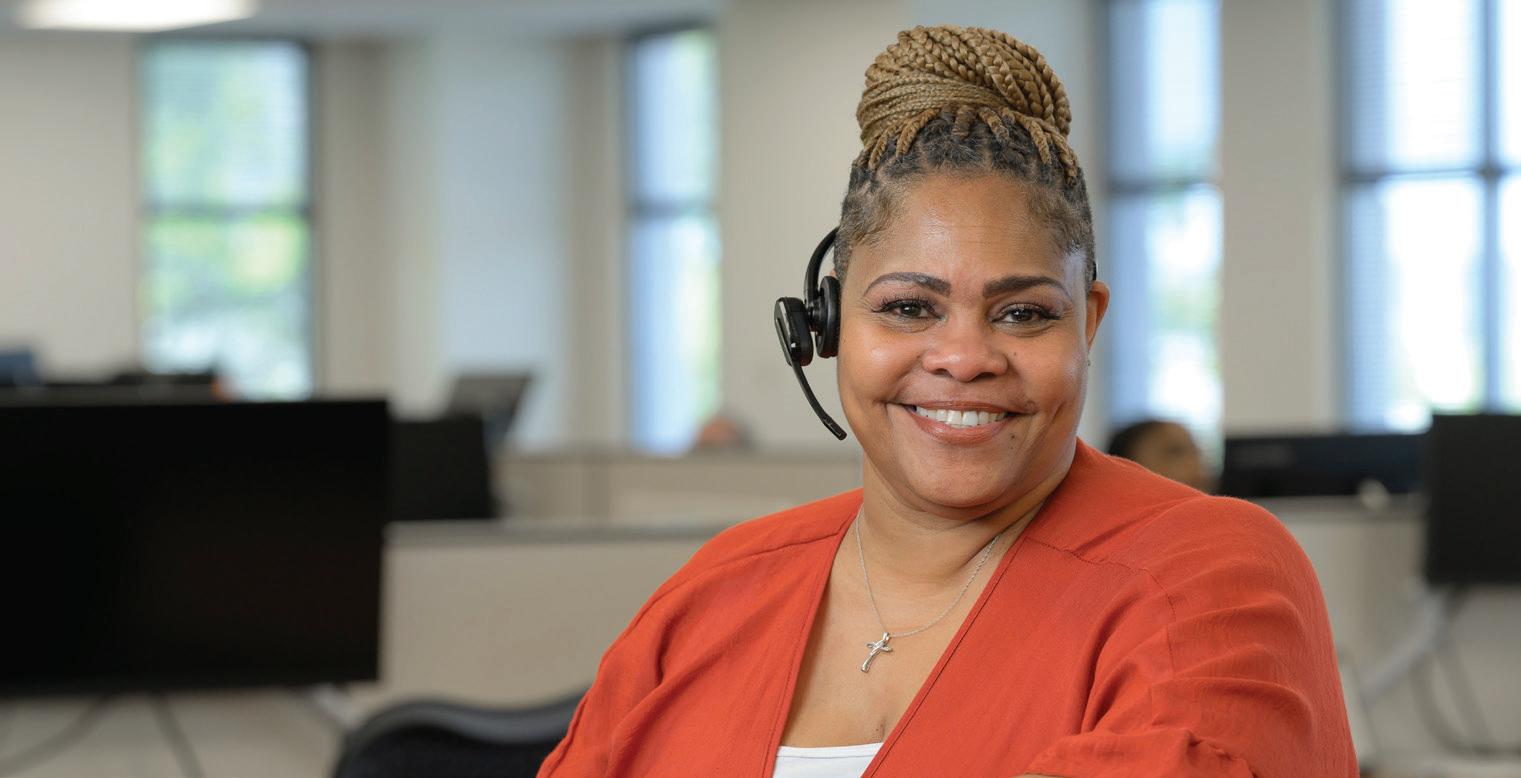
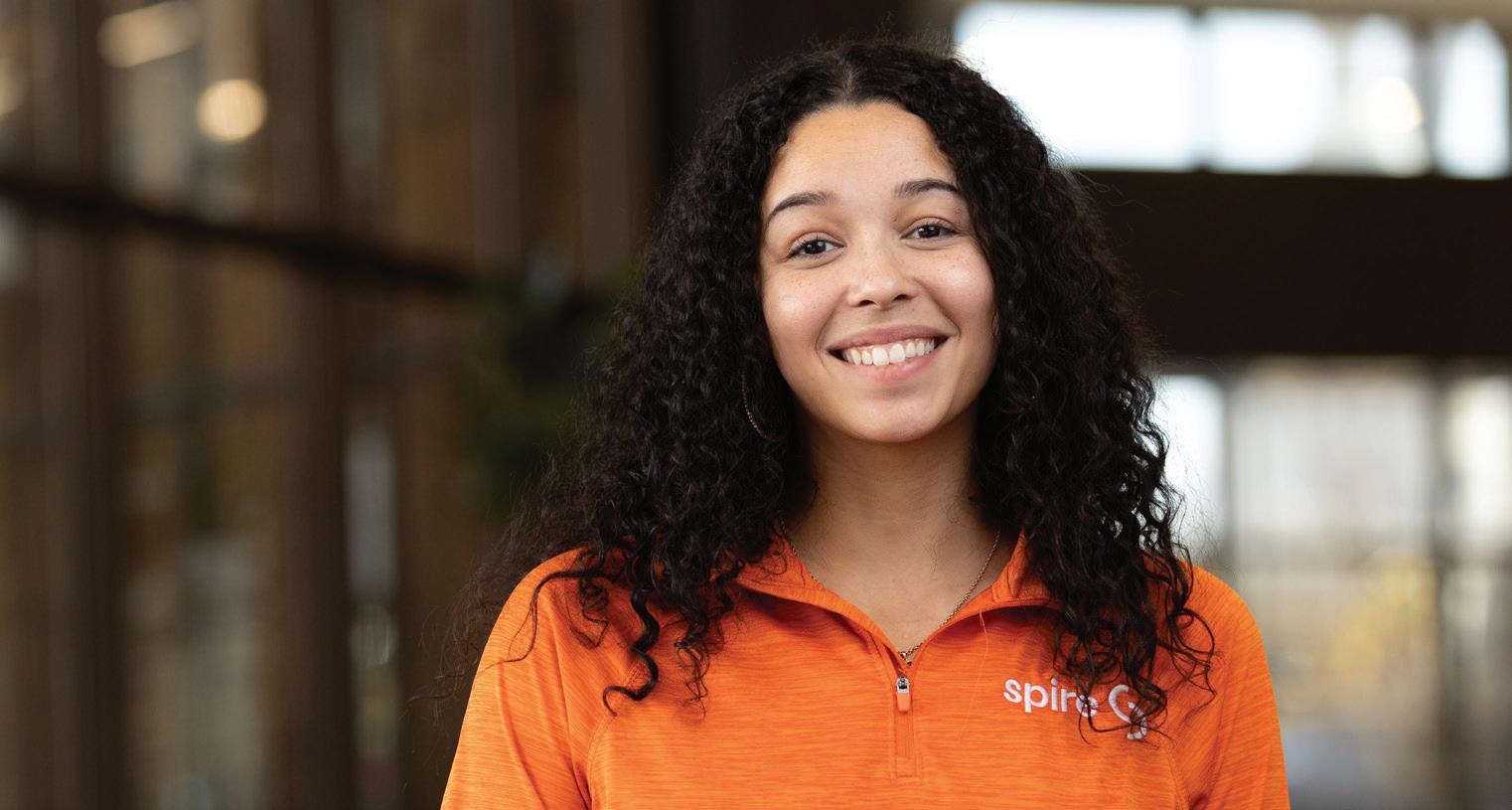
Celebrating Black History
We all have a history. A story. We bring with us life experiences that shape who we are and make us better.
At Spire, we know our individual stories only make us stronger as a whole. That’s why we’re committed to a work environment where all that makes us unique is embraced, encouraged and valued.
Because it truly takes all of us — our backgrounds, our perspectives and our experiences — to move forward.
Guest Columnist Karsonya Wise Whitehead
Blacks in STEM, YES
Program promotes STEM to Black and brown students
By Ashley Winters
The St. Louis American
The Saint Louis Science Center Community STEM Showcase honored Dr. Martin Luther King Jr. and others who fought tirelessly to create equitable change for oppressed people. The event, held on Jan. 17, featured hands-on activities with diverse STEM role models from the region. Youth Exploring Science (YES) had a variety of exhibits set up around the science center.
Kerry Stevinson, the Science Center’s STEM content for the Community Science Department Manager, said the showcase has been around for over 25 years. The goal is to get the community involved with the Science Center. Community partners are a part of the Divine Nine Black sororities, including Alpha Kappa Alpha Sorority, Inc. and Delta Sigma Theta Sorority, Inc.
The showcase helps people realize that science is for everyone while introducing YES to the larger community.
“We want to represent the diverse community in STEM in St. Louis,” Stevinson said. “The organizations that are a part of this year’s showcase have diverse people in STEM.”
PEW Research Center shows only 9% of STEM workers are Black. This number has remained the same since 2016. Even though Black people represent around 11% of the total workforce, our representation in STEM fields
is significantly lower. The data also shows that only 5% of engineers are Black. The only STEM job cluster where Black workers are represented at the same level as their share in the total workforce is health-related STEM occupations.
The racial and ethnic earnings gaps among STEM workers are substantial and have recently increased. Black full-time workers ages 25 and older have a medium income of $61,500, while the medium income for white workers in STEM is $78,000. In 2016, the Black-to-white earnings gap in the STEM workforce was 81%.
According to the National Science Board NSB, a diverse STEM workforce is vital to the country’s innovative capacity (Bell et al. 2019; Hsieh et al. 2019). Broadening the representation of different social and demographic groups in STEM occupations contributes to diversity and helps create a robust workforce that will meet future demands. A local organization, Black Girls Do STEM, is helping close that gap by offering free STEM programs to local families. BGDSTEM provides access to science, technology, engineering, and math resources. BGDSTEM provides scholarships, STEM workshops, and programming for middle school-aged girls.
In an article with St. Louis Public Radio Cynthia Chapple, founder of Black Girls Do STEM said, “When we think
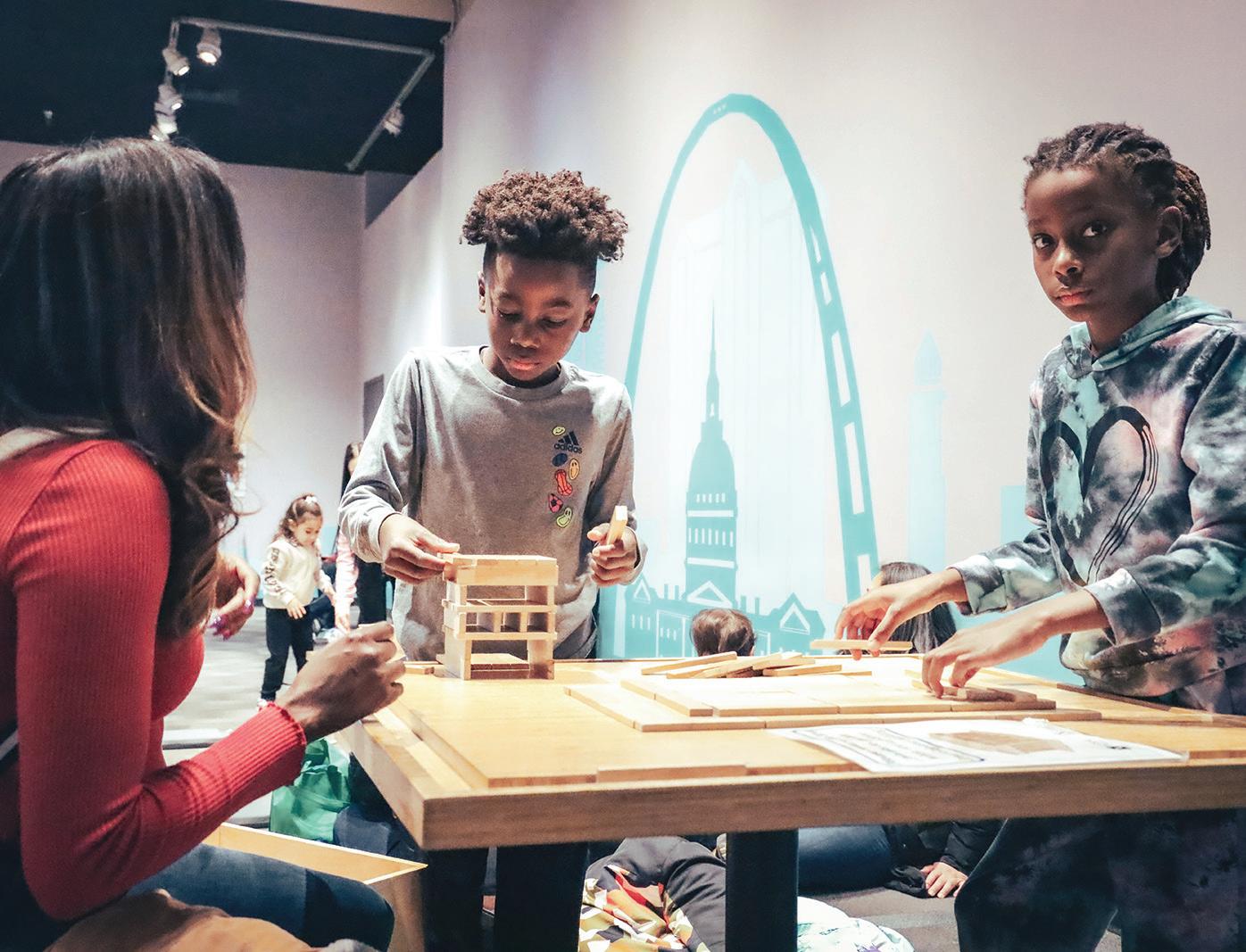
about the basic skills of technology, Black students have them. We are simply not highlighting that for them well enough … and then telling them, ‘Hey, you can go and do this as a full-time career and make this amount of money.”
Laela Gains, a Hazelwood East student, and YES participant, says the program helps educate youth about the different types of science available to them. For example, cyber security and entrepreneurship in science. “YES likes to help students like me, we like to show other kids you can do whatever you put your
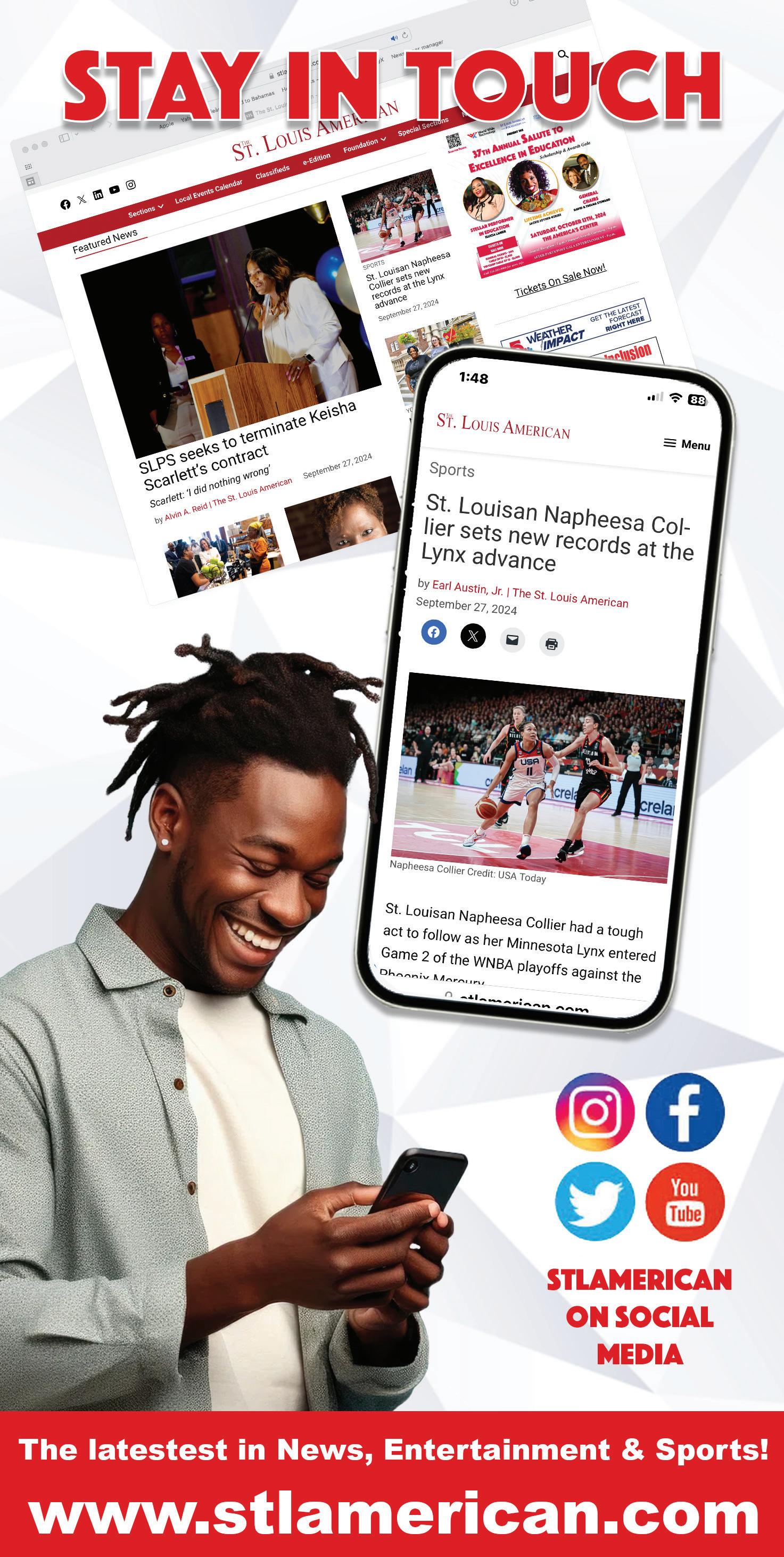
mind to,” said Gains. Emma McNeil, a junior at Cardinal Ritter College Prep High School, likes that the activities they participate in are STEM-led. For instance, aerospace or agriculture and computer science. McNeil has learned other skills in the program–communication, active listening, and leadership. “This program sets you up for a lot of opportunities for future jobs,” said McNeil who said she plans to return to St. Louis to teach other kids about STEM after college. YouScience, a student


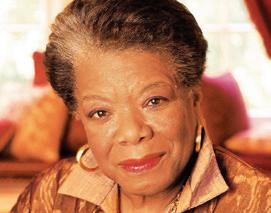
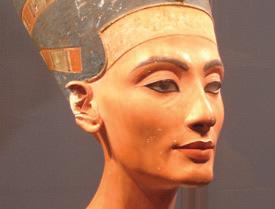
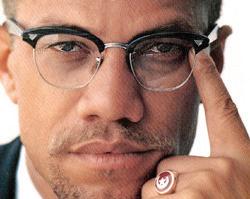
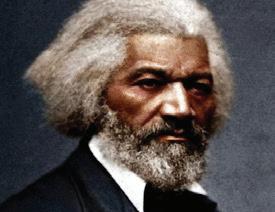
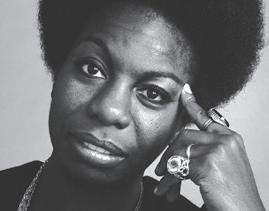

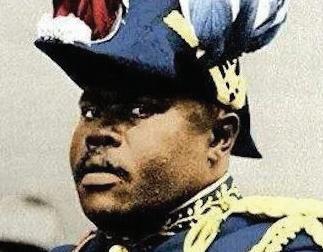

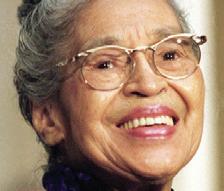
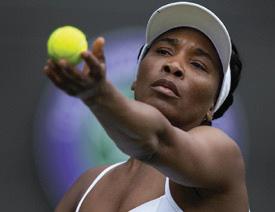
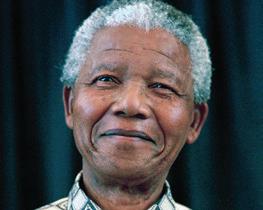
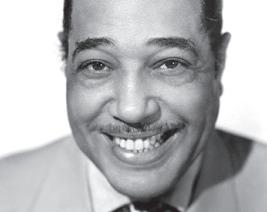

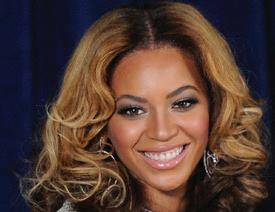




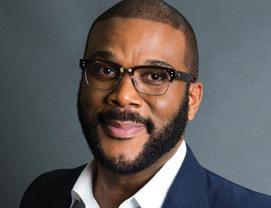
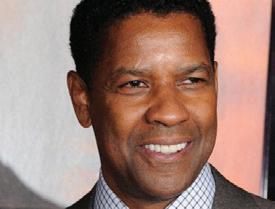
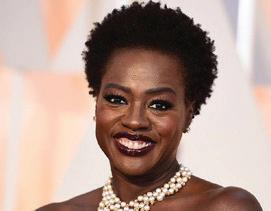
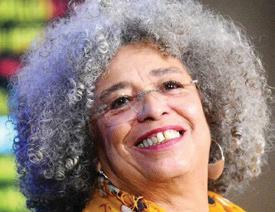

career guidance technology company data shows Black female students are less likely to be exposed to STEM careers compared to Black male students. The report shows 88% more Black female students have an aptitude for careers in advanced manufacturing than an interest; while 73% more Black female students have the aptitude for careers in computers and technology than interest. In addition, 72% more Black female students have the talent for architecture and construction jobs than there is
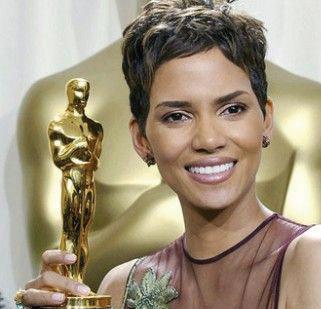







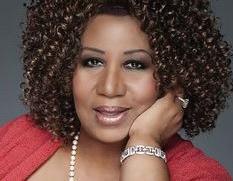
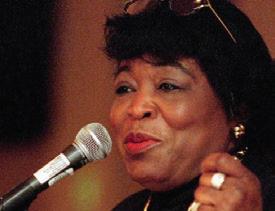
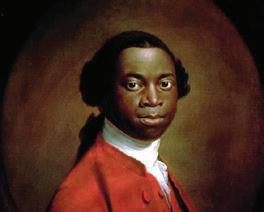
interest. Rose Jean is a senior at Mehlville High School who likes the YES program because she has the opportunity to learn about sciences that she wouldn’t otherwise know about. She says being a part of a STEM program brings all types of kids together, which creates diversity and community. “We have ideas that other people wouldn’t think of,” Jean said. “We have different experiences than other people so we bring new ideas to STEM.”
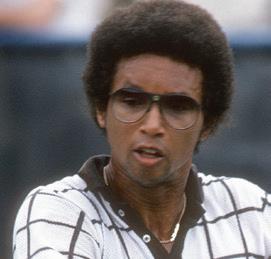
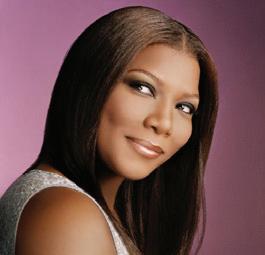
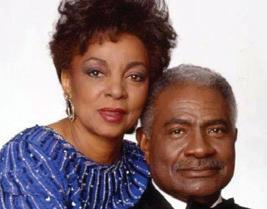

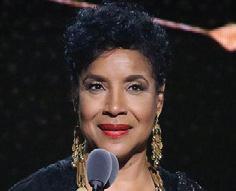
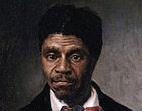
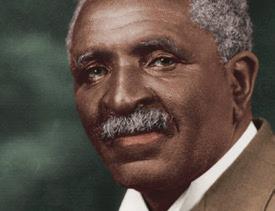

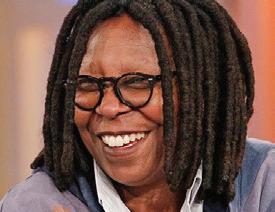


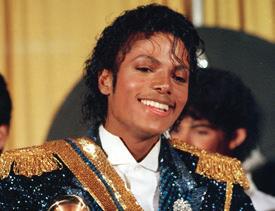

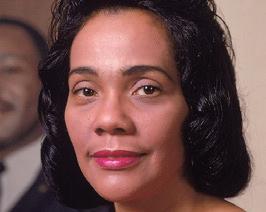
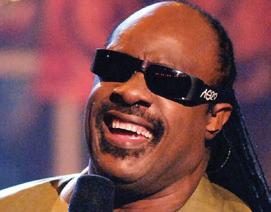


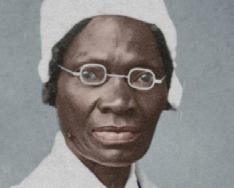
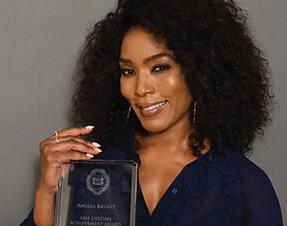

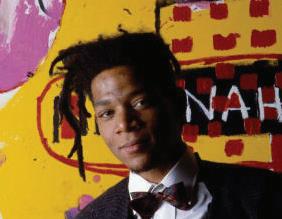
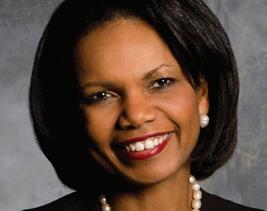
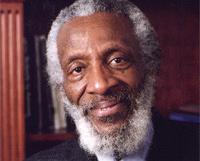
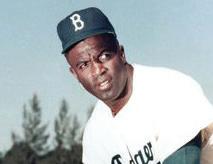
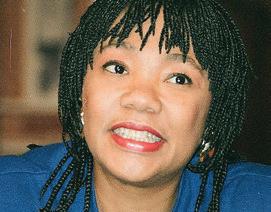

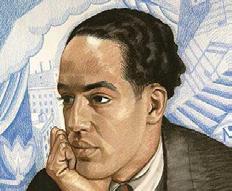
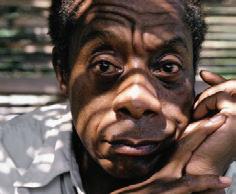
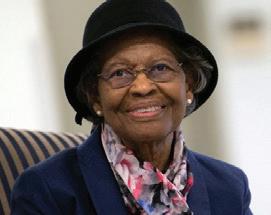
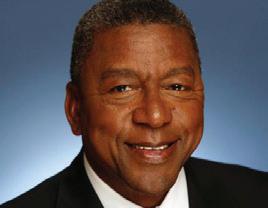

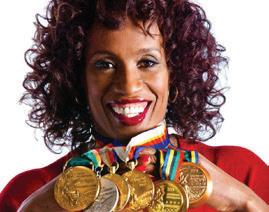
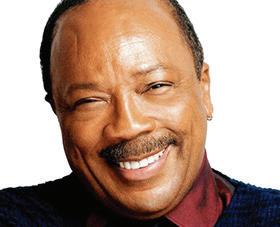

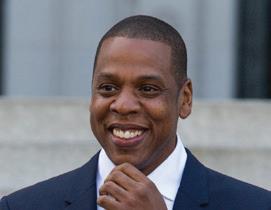
Photo By Taylor Marrie/St. Louis American
Tasha, Jackson and Kennedy Scottwagoner at the 2025 Community STEM Showcase on Saturday, January 18 at Saint Louis Science Center. The event takes place annually to honor the life and legacy of Rev. Dr. Martin Luther King, Jr.

